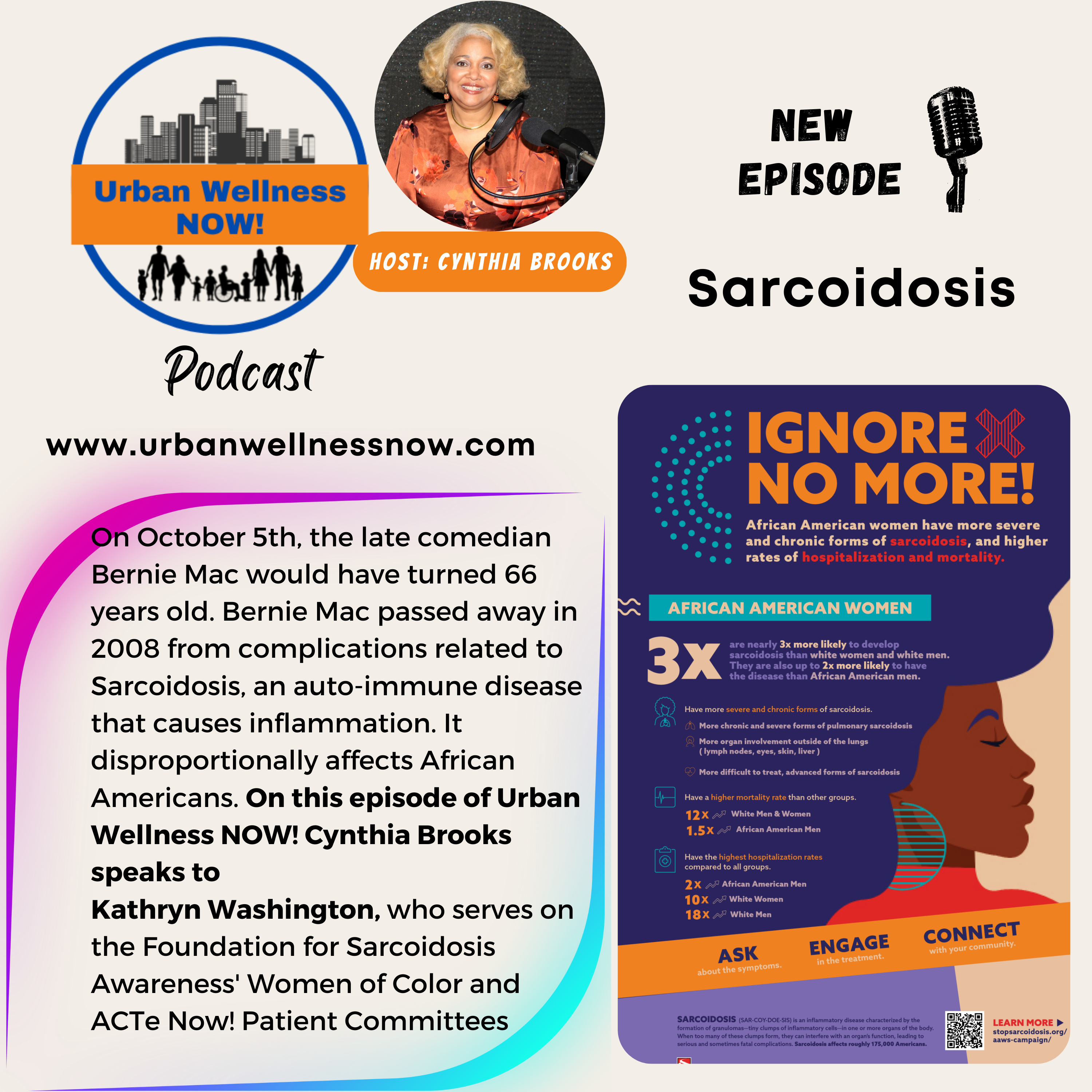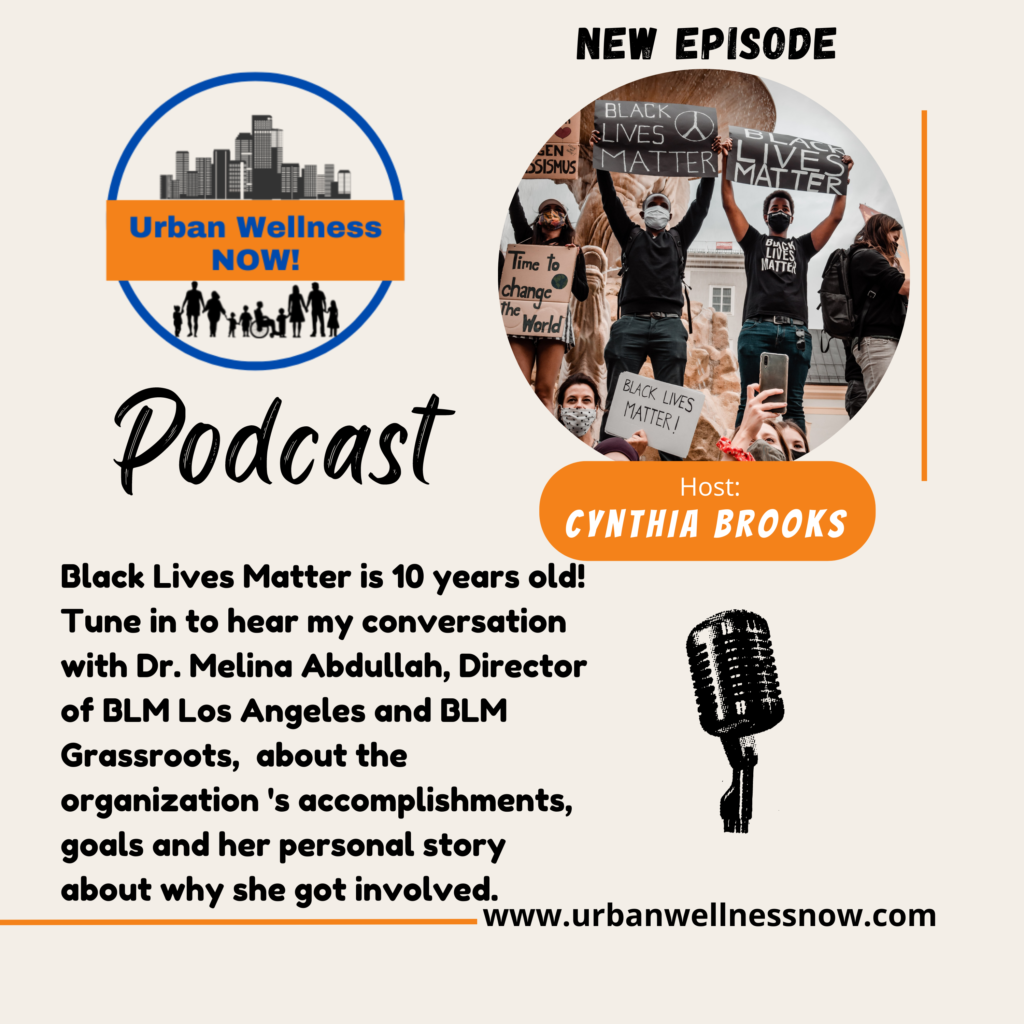Did you know that where you live—more specifically, where you’re allowed to live—can impact your mental health? It’s a harsh truth that the legacy of housing discrimination, especially the practice known as redlining, still shapes Black health and wealth today.
Over 50 years after fair housing laws were passed, the effects of past discrimination are still deeply embedded in today’s housing market. Redlining—when banks and federal agencies denied loans or insurance to people in predominantly Black neighborhoods—wasn’t just a policy of the past. Its impact shows up today in lower homeownership rates, lower property values, and higher loan denial rates in neighborhoods that were once marked “hazardous” on those infamous redlining maps.
A recent study found that these neighborhoods still carry the scars of disinvestment. People living in formerly redlined areas report worse mental health outcomes than those in neighborhoods that were historically “greenlined” (read: white and wealthy). Why? Because where you live affects your stability, your financial opportunities, and even your stress levels.
The study also uncovered something else: the connection between redlining and poor mental health is strongest in neighborhoods where Black residents are underrepresented. In other words, predominantly white neighborhoods have benefited the most from wealth accumulation, higher property values, and well-funded services—advantages that also boost mental wellbeing.
But here’s the kicker: even today, homes in Black neighborhoods are often appraised lower than similar homes in white neighborhoods. Black residents also face higher loan denial rates, even when their financial profiles match those of white applicants. It’s a cycle of exclusion that keeps repeating.
The connection between housing and health is powerful. Homeownership can offer stability and control, two major factors linked to better mental health. But when Black homeowners face chronic undervaluation and fewer financial benefits, that promise of stability becomes harder to reach.
And let’s be clear: this isn’t just a Black–white issue. Latinx, Indigenous, and Asian communities have also faced discriminatory housing policies and predatory lending. But because redlining was so specifically targeted at Black neighborhoods, its effects are especially visible in our communities.
What does this all mean for us? It means that the fight for health equity must include a fight for housing justice. It means we need to reimagine how neighborhoods are valued—and who gets to benefit from that value. And it means pushing back against the systems that still, to this day, tie race to risk.
At Urban Wellness NOW!, we’re committed to spotlighting these issues because understanding the roots of racial health disparities is the first step toward changing them.

